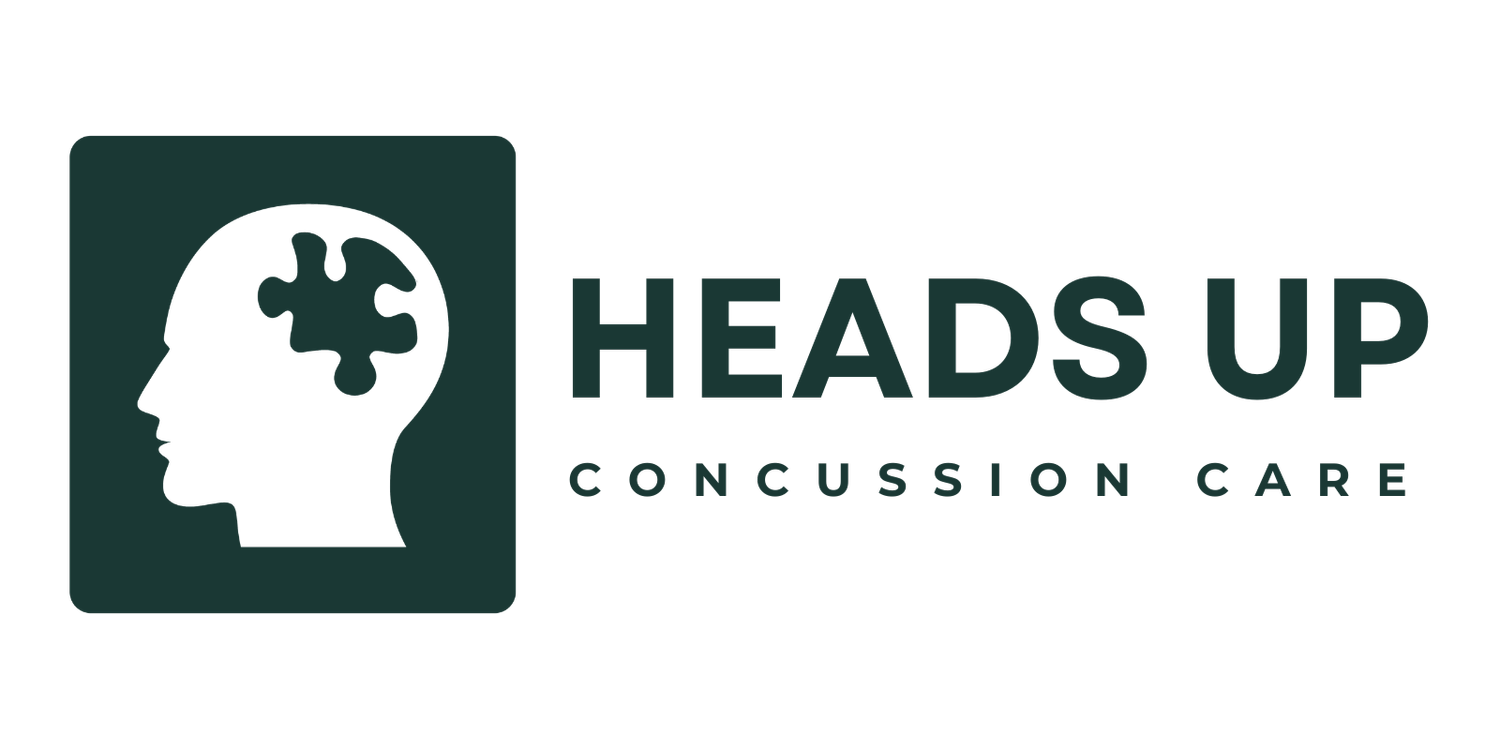Concussion rehab is in, rest is out
When it comes to recovering from a concussion, rest is often prescribed as a key part of the healing process. However, while rest is important, too much of it can actually do more harm than good. Let’s explore the possible harmful effects of excessive rest and why a balanced approach is crucial.
Possible Harmful Effects of Rest
1. Anxiety, Expectations, and the Nocebo Effect - Being told to stay at home and avoid all activities can be quite alarming for patients. Imagine being told that even a simple text message could damage your brain! This kind of advice can create a lot of anxiety and unrealistic expectations about the fragility of your condition.
· The Nocebo Effect: This is the phenomenon where negative expectations can actually cause or worsen symptoms. If patients are overly worried about their condition, they might start to feel worse simply because they expect to. It’s important to reassure patients that they will be okay and that their symptoms are a normal part of the healing process.
2. Mental health impacts - Being removed from normal life after an injury can have significant psychological effects. When you’re used to being active and engaged in your daily routines, being suddenly confined to bed or home can lead to feelings of isolation and depression, both of which contribute to a worse perception of the original injury.
3. Physical Deconditioning - Extended bed rest can lead to physical deconditioning, which means your body starts to lose strength and stamina. This can happen surprisingly quickly, with noticeable physiological changes occurring in as little as 2-3 days. This not only makes recovery harder but can also lead to other health issues or risk of a separate injury on your return to play.
Benefits of Early Rehabilitation
1. Faster Recovery Timelines - One of the most compelling benefits of early rehabilitation is the potential for faster recovery. According to a study by Leddy et al. (2019), sub-symptom threshold aerobic exercise commenced within the first week following a concussion was not only safe, but also sped up recovery timelines. This means that starting a tailored exercise program early on can help you get back to your normal activities more quickly.
2. Reduced Risk of Developing Persistent Concussion Symptoms (PCS) - Early rehabilitation can also reduce the risk of developing persistent concussion symptoms (PCS). PCS can include prolonged headaches, dizziness, and cognitive difficulties that last for weeks or even months. By engaging in early rehabilitation, you can help mitigate these long-term effects and improve your overall quality of life.
3. Safer Return to Sport - For athletes, a safe return to sport is a top priority. Early rehabilitation can help ensure that you are physically and mentally ready to get back in the game. Deconditioning due to prolonged rest can increase the risk of other injuries when you return to sport. Early rehabilitation helps maintain your physical fitness, reducing the likelihood of suffering a separate musculoskeletal injury.
Our Recommendations
To maximize the benefits of early rehabilitation, it’s important to follow these recommendations:
1. Exercise Rehabilitation Under Professional Guidance - Exercise rehabilitation should always be conducted under the guidance of a trained healthcare professional. This ensures that the exercises are done safely and effectively, tailored to your specific needs and condition.
· Self-guided gentle exercise can be started within 24-48 hours post-injury
· The Buffalo Concussion Treadmill Test is an excellent assessment tool for determining appropriate exercise tolerance. This test helps healthcare professionals determine heart rate thresholds and prescribe the right level of exercise intensity, ensuring that you stay within safe limits. This test should be completed with 5-7 days to ensure the next stage of rehabilitation can be commenced without delay
2. Sub-Symptom Threshold Exercise - Exercise should be kept below the threshold that aggravates your symptoms. This means engaging in activities that do not worsen your condition, allowing your brain to heal while still maintaining physical activity.
4. Cervical and Vestibular Rehabilitation - In addition to aerobic exercise, cervical and vestibular rehabilitation should also start within 5-10 days post-injury, once the sub-threshold exercise program has commenced. These therapies address issues related to neck pain and balance, which are common after a concussion.
Conclusion
Early rehabilitation offers numerous benefits for concussion recovery, including faster recovery times, reduced risk of persistent symptoms, and a safer return to sport. By following the recommendations of healthcare professionals and engaging in a balanced rehabilitation program, you can support your recovery and get back to your normal activities more quickly and safely.
Remember, every concussion is unique, so it’s important to work closely with your healthcare provider to develop a personalized rehabilitation plan that meets your specific needs.
References:
Leddy, J. J., Haider, M. N., Ellis, M. J., Mannix, R., Darling, S. R., Freitas, M. S., Suffoletto, H. N., Leiter, J., Cordingley, D. M., & Willer, B. (2019). Early Subthreshold Aerobic Exercise for Sport-Related Concussion: A Randomized Clinical Trial. JAMA pediatrics, 173(4), 319–325. https://doi.org/10.1001/jamapediatrics.2018.4397
